The Pentagon pushed an aggressive military strategy in Afghanistan last year, but its effects are yet to be felt, according to the Department of Defense Inspector General.
Three new challenges were identified by the oversight agency as in need of action: defeat ISIS’ Afghan offshoot, pressure Pakistan to eliminate terrorist and insurgent sanctuaries within its borders, and hold credible local elections.
These challenges come as the Trump administration’s South Asia strategy is still looking for its footing. The policy shift entails the use of military, diplomatic and social pressure to drive the Taliban into a reconciliation process with the Afghan national government.
As part of the new strategy, the Pentagon expanded combat authorities, allowing U.S. forces to conduct offensive operations against the Taliban, rather than only engaging in self-defense.
RELATED
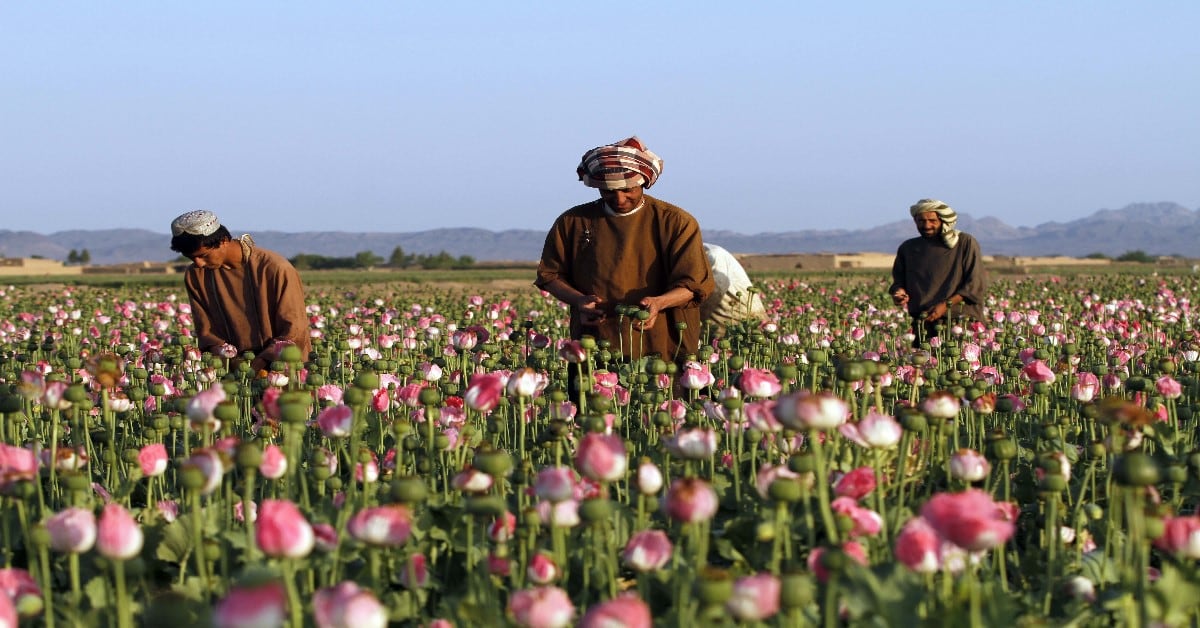
Additionally, roughly 3,500 additional troops are being deployed to Afghanistan. At the end of 2017, there were approximately 14,000 U.S. personnel in the wayward state.
Despite these changes, “it is too early to determine whether the increase in troops and expansion of their authorities will achieve this goal,” the DoD IG report states. “Moreover, according to the United Nations, Afghanistan made no progress towards peace talks last year.”
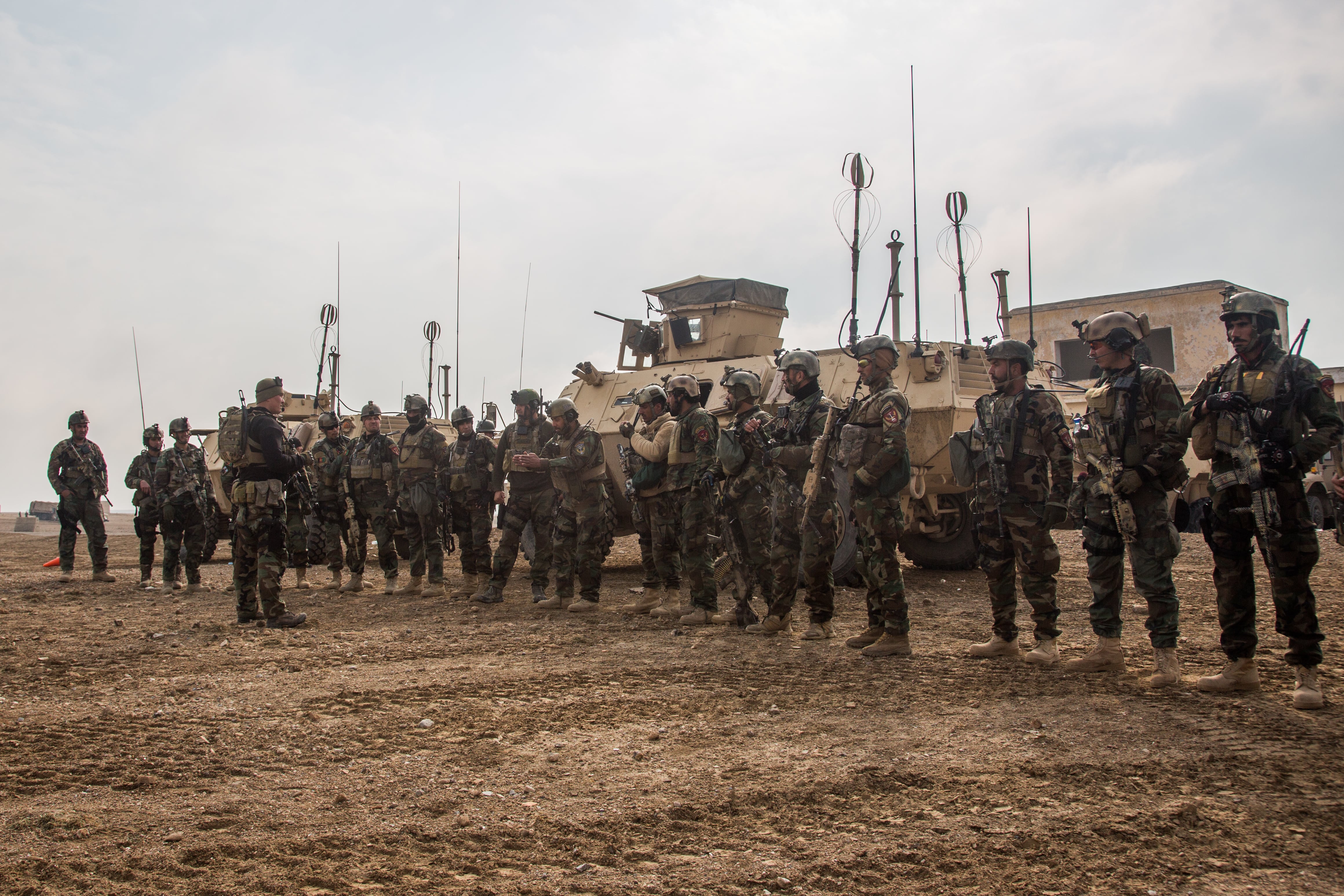
Defeat ISIS-Khorasan Province
ISIS-Khorasan Province — the Afghan offshoot of the larger Islamic State organization, oftentimes fighting the Taliban as well — was hoped to be eliminated in 2017, according to statements by Gen. John Nicholson, NATO Resolute Support commander.
The Taliban’s successes have been “compounded by elements of the so-called Islamic State [ISIS-K], who remain in Afghanistan, despite suffering from significant battlefield losses over the past year,” Nicholson told the Senate Armed Services Committee in February 2017.
Although joint U.S.-Afghan operations “killed large numbers of ISIS-K fighters and pushed them out of some of their strongholds in Nangarhar province, ISIS-K was still a significant security threat at the end of 2017,” the report read.
The group continues to recruit successfully, carry out deadly attacks in Kabul and proliferate terror cells throughout the nation’s capital.
“After more than 16 years, U.S. counter-terrorism operations have not eliminated al Qaeda in Afghanistan, which raises questions about how the United States will eliminate ISIS-K,” the report pontificates.
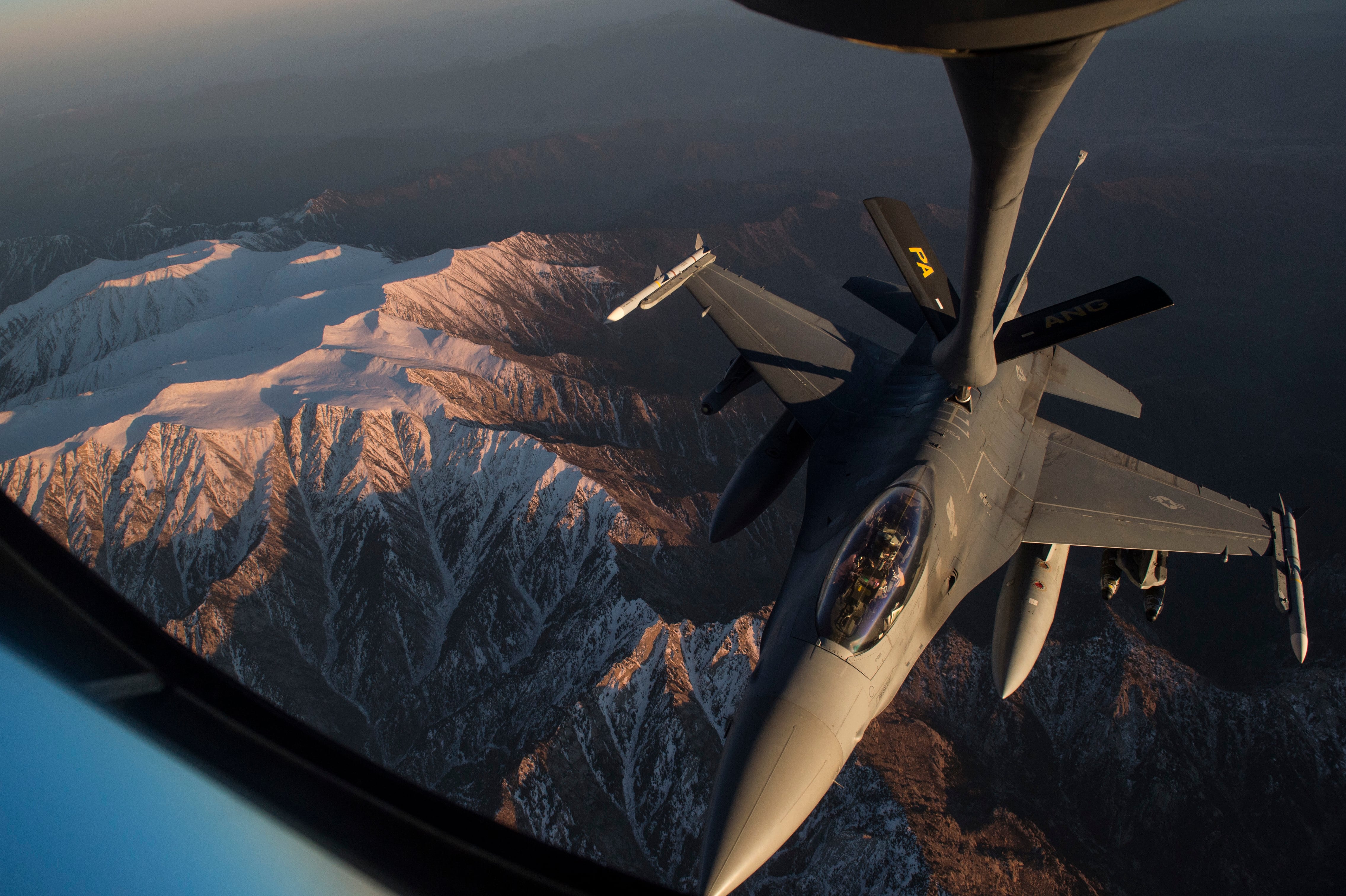
Pressure Pakistan
The South Asia strategy also calls for Pakistan to eliminate the terrorist sanctuaries within its own country, such as the semi-autonomous tribal areas on Afghanistan’s border.
U.S. efforts, to included publicly shaming Pakistani leadership and suspending security assistance, “made no discernible progress on this front,” according to the DoD IG report.
Even before the suspension of security assistance, “there has been an uptick in drone strikes in the tribal areas of Pakistan going back to the fall of last year and continuing since then,” according to Jonathan Schroden, a military operations analyst at the CNA Corporation, a non-profit research group.
When the security assistance was suspended, Schroden noted that many people expected Pakistan might close the U.S.-Afghanistan supply lines, which the war effort there almost entirely relies upon.
“But that's a pretty dramatic move,” he added. “I think it's not surprising that they might look for more calibrated things that they could do to sort of make clear their displeasure with this level of pressure that's being put on them.”
Much to the United States’ chagrin, Pakistan continues to maintain ties with China, Russia and Iran, according to the report. In the end, that diminishes U.S. influence and undermines the effects brought by any reduction of military aid.
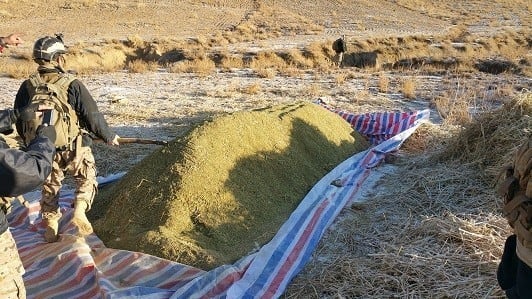
Hold elections
Finally, it’s coming up on election season in Afghanistan. The national government’s lower house of parliament will hold elections in July, but that might be delayed due to an inability to implement timely reforms to electoral commissions and procedures, according to the DoD IG.
“U.S. military officials emphasized that holding credible elections, a critical component of the South Asia strategy, would increase social pressure on the Taliban to join a reconciliation process,” the report read.
However, the estimated $200 million needed to conduct the elections was not in place by the end of the December, and since the international community has funded previous elections in Afghanistan, it might have to foot the bill this year as well.
RELATED
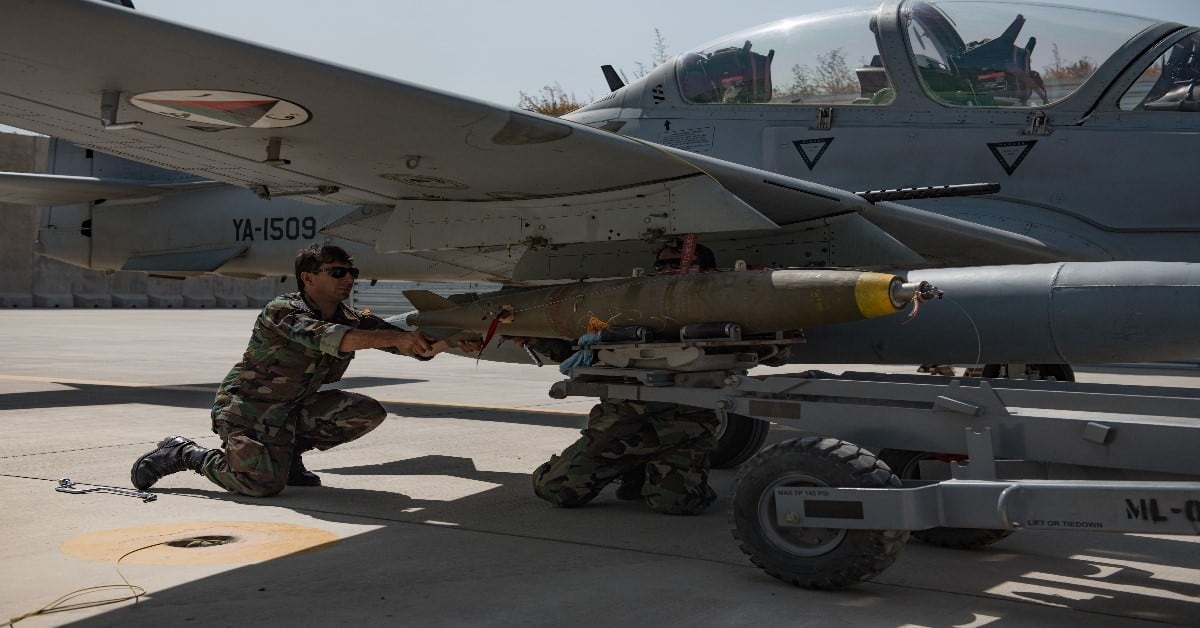
Conclusions
The report adds that the best way to measure the South Asia strategy’s success is by tracking the percentage of population under government control.
Afghan President Ashraf Ghani aims to expand his security forces’ control of territory so that 80 percent of the Afghan population live in areas under government control by the end of 2019. At the end of December, though, there was no change in that percentage.
The last available Pentagon metric states that 64 percent of the population live in areas under government control or influence, “which was the same percentage as the previous quarter,” the report read.
Kyle Rempfer was an editor and reporter who has covered combat operations, criminal cases, foreign military assistance and training accidents. Before entering journalism, Kyle served in U.S. Air Force Special Tactics and deployed in 2014 to Paktika Province, Afghanistan, and Baghdad, Iraq.





